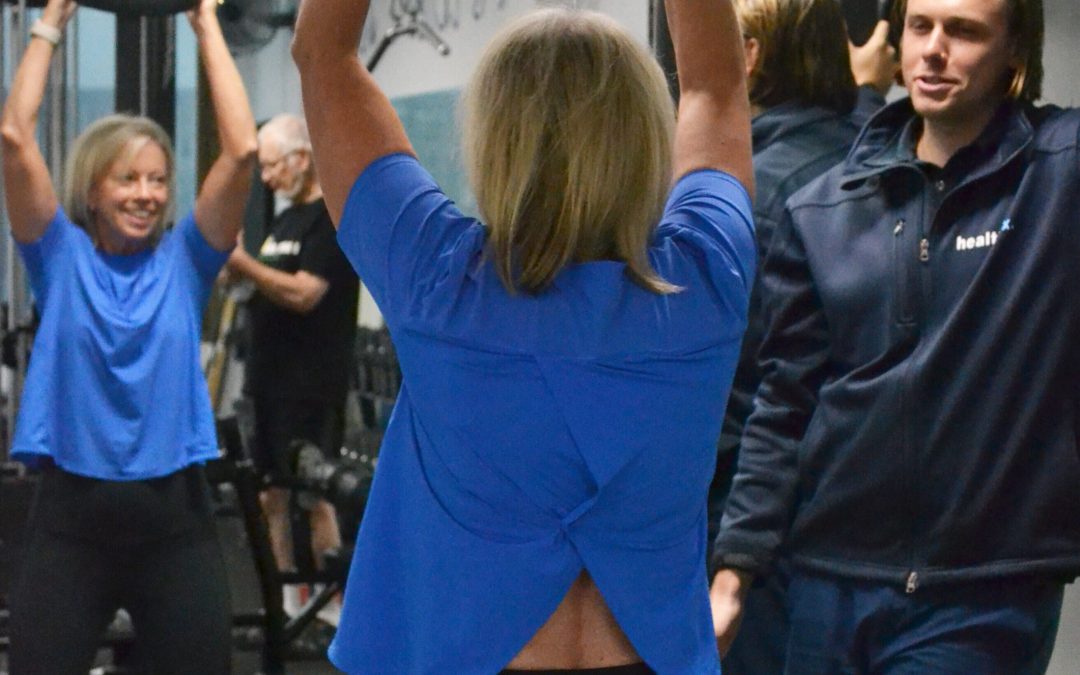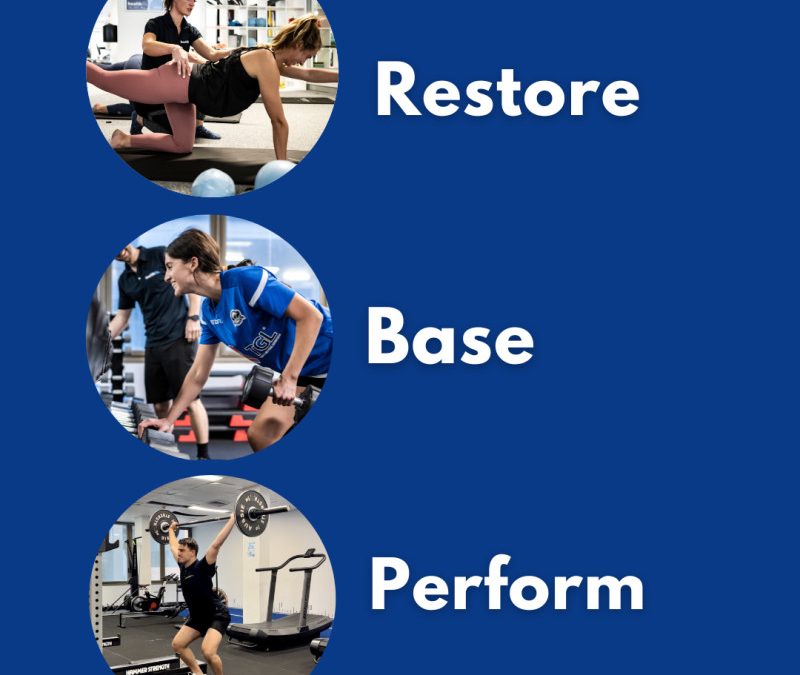
by Ash Cooney | About Healthfix, Physiotherapy
At Healthfix, we believe that strength training is an integral part of recovery from injury, not just an activity for the already fit. Healthfix Strength Philosophy Our philosophy is grounded in the idea that rehabilitation should seamlessly transition into...

by Ash Cooney | Latest News
By Caitlan, Skillicorn, Senior Physiotherapist North Sydney A meniscus tear can be a significant setback for those who live an active lifestyle. Whether it be due to a sudden twist during your social basketball competition midweek or a misstep during your...

by Ash Cooney | About Healthfix, Latest News, Physiotherapy
At Healthfix, we’re changing the game in physiotherapy here in North Sydney. We combine the know-how of physiotherapy with group classes to help you not just recover, but truly transform your health for the better. Our goal? To help you get healthy and stay...
by Ash Cooney | Latest News, Physiotherapy, Promotions
You are invited! Early in his career Sean identified that the health care approach of finding and focusing on problems was only leading to people feeling fear and limitations from conditions they were diagnosed with and being more reliant on therapists for maintenance...

by admin | Conditions, Latest News, Physiotherapy
Shoulder pain is a common physical occurrence. Your shoulder is a complex, highly mobile structure made up of several components. When considering the shoulder you need to think about the collarbone connecting to your chest, the collarbone connecting to the...





